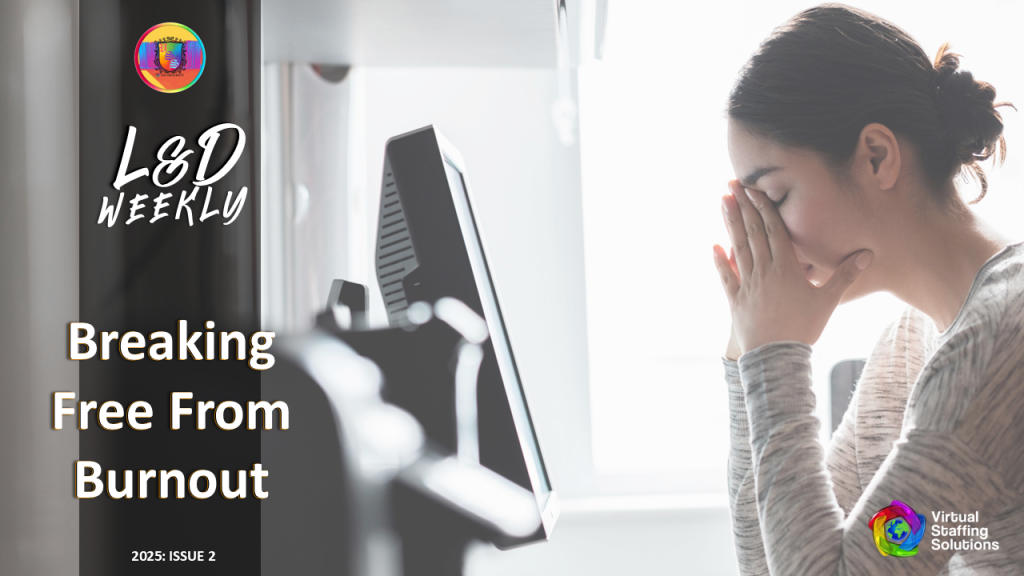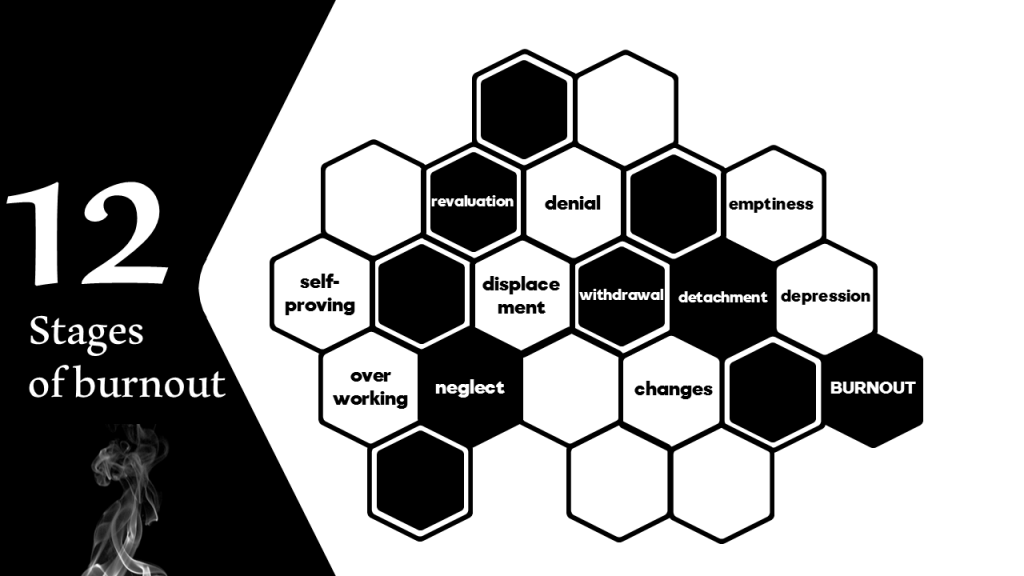
Burnout is a silent epidemic sweeping across workplaces, homes, and communities. Often creeping in unnoticed, it progresses through a predictable pattern—from a strong need to prove oneself to complete physical and emotional collapse. Understanding this journey and learning from others’ experiences can help us break free and reclaim our lives.
Understanding the 12 Stages of Burnout
According to Jonathan Yabut, a Filipino public speaker and a business consultant, burnout process doesn’t happen overnight – It is a gradual decline that unfolds through 12 identifiable stages:

- The Compulsion to Prove Oneself – Driven by ambition, individuals feel an intense need to demonstrate their worth.
- Working Harder and Harder – Efforts intensify as individuals take on more tasks and responsibilities.
- Neglecting Personal Needs – Sleep, meals, and leisure take a backseat as work dominates.
- Displacement of Conflicts – Frustrations surface, often leading to blaming others or external circumstances.
- Revision of Values – Priorities shift, with work taking precedence over relationships and self-care.
- Denial of Problems – Stress-related issues are dismissed as temporary setbacks.
- Withdrawal – Social connections diminish, and isolation sets in.
- Behavioral Changes – Irritability and mood swings disrupt relationships.
- Depersonalization – A growing sense of detachment leaves individuals feeling unrecognizable to themselves.
- Inner Emptiness – Emotional numbness takes over, sometimes accompanied by unhealthy coping mechanisms like substance abuse.
- Depression – Feelings of hopelessness, exhaustion, and despair become overwhelming.
- Burnout Syndrome – Complete physical and emotional collapse requires immediate intervention.
Burnout: From Exhaustion to Renewal
Burnout remains a significant challenge for professionals, particularly in high-pressure environments. One such experience highlights the journey from one of the agents in this company who endured severe burnout, reaching the ninth stage—depersonalization. Each day felt like an uphill battle, and that he no longer recognized the reflection staring back in the mirror. The passion for the job had faded, replaced by persistent exhaustion. Productivity and enthusiasm had plummeted, leaving the agent feeling like a mere machine, mechanically going through the motions.
The breaking point came when job security was at risk. In a pivotal meeting with the manager, the agent, instead of resisting, broke down—fully confronting the weight of burnout. This moment sparked change. Seeking support from the manager and colleagues, he found encouragement and strength to move forward. Establishing boundaries, prioritizing self-care, and embracing wellness practices like exercise, self-reflection, and gratitude became key to recovery. Gradually, he reclaimed his sense of self.
Through this process, the agent rediscovered a deeper purpose—the “why” behind the work. Helping customers and providing positive experiences reignited a passion that had once been lost. Celebrating small victories and embracing the journey, rather than solely focusing on outcomes, became key to renewed motivation.
The transformation went beyond recovery. Driven by resilience, the agent returned with renewed vigor, delivering top performance and turning setbacks into steppingstones. His resurgence earned him a well-deserved promotion—one that recognized his triumph and entrusted him with a greater purpose. Now, as a mentor and motivator, he inspires others to overcome challenges, prioritize well-being, and find meaning in their work. In doing so, he discovered that true growth and success are often forged through adversity.

Strategies for Recovery
Preventing and overcoming burnout can be achieved by incorporating the following strategies:
- Recognize the Signs – Early indicators of burnout include irritability, exhaustion, and withdrawal. Awareness is the first step to recovery.
- Seek Support – Speaking with friends, family, or a therapist can provide valuable perspective and emotional support.
- Set Boundaries – Learning to say no and delegating tasks can prevent overcommitment and mental exhaustion.
- Prioritize Self-Care – Engaging in activities that nurture the mind, body, and spirit—such as exercise, hobbies, and relaxation—is essential.
- Reevaluate Goals – Assessing whether current career paths align with personal values and passions can lead to fulfilling adjustments.
- Build Resilience – Mindfulness, gratitude, and stress management techniques can strengthen one’s ability to navigate challenges effectively.
Moving Forward
Burnout should not be seen as a sign of weakness but rather as an indication that change is necessary. By understanding its stages and learning from real-life cases, individuals can take proactive steps toward recovery and personal growth. Whether by setting boundaries, seeking support, or rediscovering a sense of purpose, breaking free from burnout leads to a healthier, more fulfilling life.